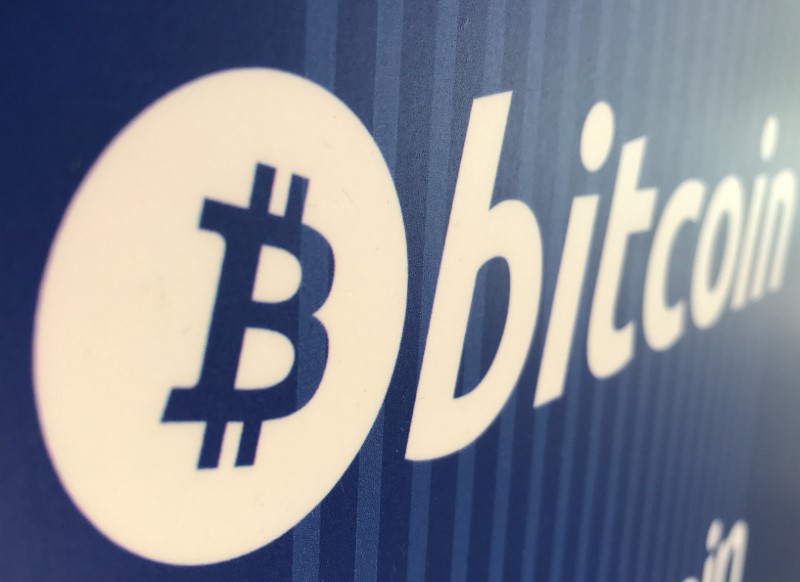
When analyzing cryptocurrency markets, traders often make the common mistake of taking exchanges’ ask and bid data and traded volumes as their true value. This type of analysis requires that traders exclude trading venues listed on multiple fake trading volumes reports (like the one Bitwise published March 2019).
It is impossible to determine if top exchanges are inflating their volumes by granting market makers special access and charging zero fees.
The exchanges do not have the ability to determine if users are related, or if they are conducting multiple transactions between themselves to increase volumes or prices. There are many influencers. These include pump-and-dump chat rooms, trading apps and the like.
This means that not all wash trades or transactions between related entities have been brainstormed by an exchange or crypto projects with a foundation team.
As Philip Gradwell explains, Chief Economist at Chainalysis.
“If you want serious money to crypto, you need to make sure that institutional investors have confidence in the trading venues.
These unethical practices are often believed to only occur at remote exchanges. Coinbase was fined by the U.S. Commodity Futures Trading Commission after an employee’self traded’ to create the illusion that there was volume and demand for Litecoin ( LTC ) prior to Sept. 2018.
If you are curious, decentralized Exchanges (DEX), have been used for ‘wash trade’ activity because there are very few impediments other than network gas fees.
Notice how Bitfinex initiated a 22,000 Bitcoin margin short-term increase as the price fell below $34,000, and it remained steady while Bitcoin plunged.
Coinbase’s hourly price candles show a downward pattern that matches Bitfinex’s margin short activity. It is important to note that Bitcoin’s $2.5 Billion monthly options expiry occurred at 8 AM UTC, approximately one hour prior to the price action mentioned above.
CME futures expired at 3:00 UTC. This could potentially affect 12.6k Bitcoin contracts valued at $412 million. There is no reason for us to believe that derivatives expiries are directly related to the Bitfinex margin increase.
To understand if Bitfinex was a major player in the Bitcoin price correction that began in the early hours on June 25, one must examine the volumes of spot exchanges.
The four-day period’s volume candles clearly indicate a substantial increase in Bitfinex market share, starting at 9 AM UTC on June 25, 2015. Although the movement lasted seven hours, it quickly dissipated.
The price plunged to $28,800 on June 22nd, prompting traders to be spooked by an identical move.
These events can or may not lead to a profitable trade by bears. However, they often make a big impression on traders. Not everyone has the funds to short 22,000 Bitcoin worth $726 million.
The Bitfinex spot volumes spiked in tandem with the increase in margin shorts. This clearly indicates that the market downturn was not related to derivatives expiry. Bitcoin might recover the $32,000 support once the pressure subsided, which could be enough to encourage buyers.
Weekends typically have lower volumes, so it will be interesting for investors to observe how cautious they are when faced with this massive short seller.
